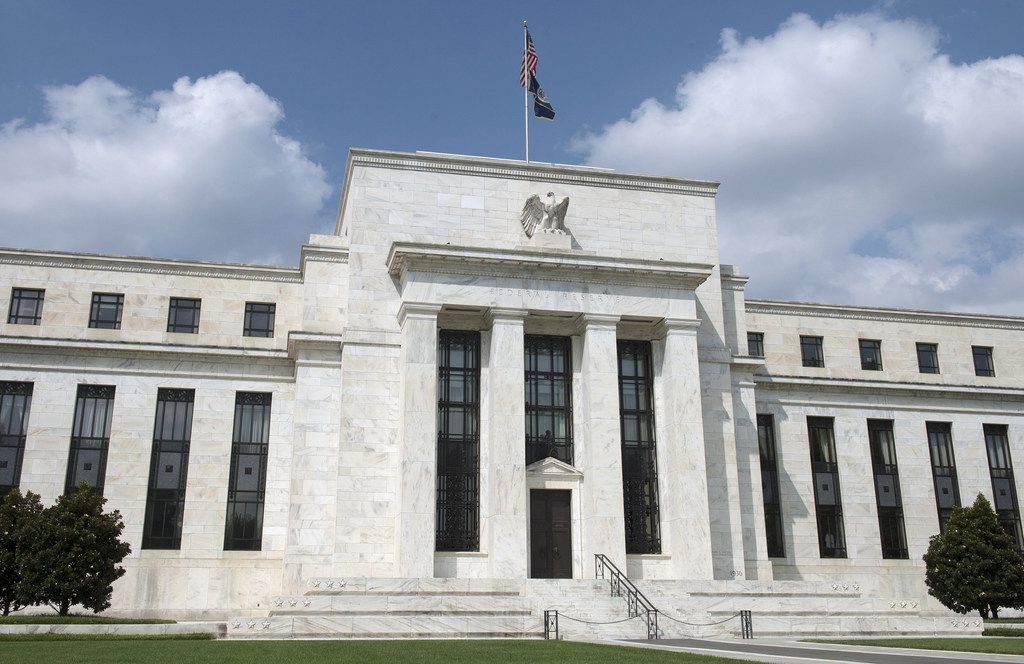
Two Federal Reserve officials said Thursday that the economy was likely to avoid a severe downturn because of timely intervention by the central bank last year.
The U.S. central bank has a “reasonable chance” of achieving a soft landing for the U.S. economy this year, despite the renewed tension in the Middle East, St. Louis Fed President James Bullard said in a speech to the Wisconsin Bankers Association in Madison, Wis.
A soft landing is when the economy slows to its trend growth rate without collapsing.
For the U.S., where growth was at a pace exceeding 3% on an annual basis during the middle of 2018, a soft landing likely means a return to a growth rate near 2%.
Later, in a separate interview with the Fox Business Network, Minneapolis Fed President Neel Kashkari said a recession wasn’t in his forecast.
“It is certainly not in my current forecast that there is a recession necessarily to come in the next year to two years,” Kashkari said.
“My guess is that we will continue to see a modest growth environment, hopefully continued strong labor market and continued wage [growth] which will help consumers and families spend more money,” said Kashkari.
The Fed saw signs that the economy was slowing last year and shifted course, eventually cutting its benchmark policy rate by three quarter-percentage moves at successive meetings. Kashkari was an early advocate for rate cuts.
Bullard said it is easy to underestimate the size of this move until one recognizes that the Fed had initially planned to raise rates last year. So the magnitude of the change is bigger.
“The bottom line is that U.S. monetary policy is considerably more accommodative today than it was as of late 2018,” Bullard said.
Trade uncertainty will continue, Bullard said, but businesses are adjusting strategies to remain profitable.
While geopolitical risk is elevated, oil shocks may be “neutral on net” for the U.S. economy, not the negative drag they were in much of the post-World War II era, he said.
Lower oil intensity (which measures the cost of converting energy into GDP) and higher domestic production probably mean that oil price shocks don’t have the same effect they once may have for the U.S. economy, he said.
Fed officials are signaling they intend to hold rates steady until there is a good reason to move. Richard Clarida, the central bank’s number two, said earlier Thursday that the economy was in a “good place.”
Kashkari said he thought the Fed was in pause mode that could last “for the foreseeable future, the next six months, next year.”
But he said he would push for more rate cuts if inflation or inflation expectations continue to slide.
Bullard was on the same page, saying the three rate cuts last year were “a substantial move.”
“Now we should wait and see what the effects are in the first half of 2020 and beyond that,” he told reporters.
Kashkari and Bullard are switching chairs at the Fed’s interest rate committee. Kashkari will be a voting member this year. Bullard was a voter in 2019.
Stocks were solidly higher on Thursday. The Dow Jones Industrial Average DJIA, +0.74% was up 190 points while the S&P 500 SPX, +0.67% Index was up 19.06 points in late afternoon trading
